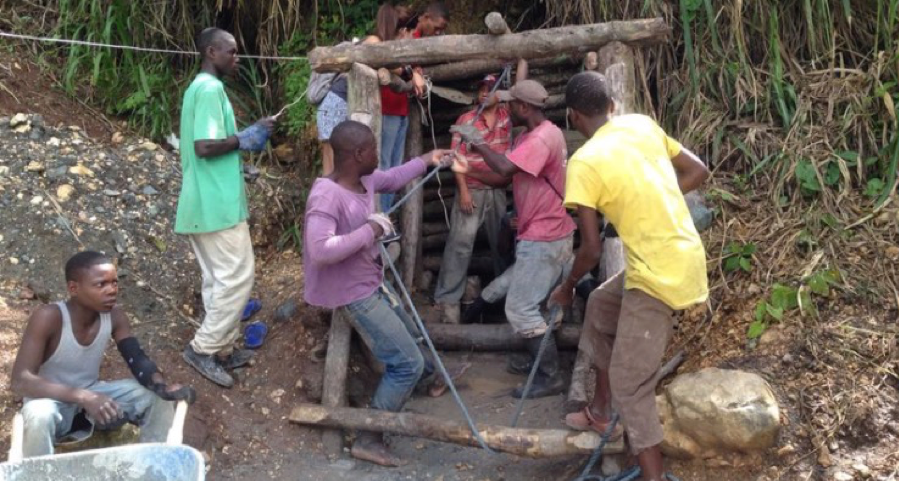Artisanal and small-scale mining (ASM) has experienced explosive growth in recent years due to the rising value of mineral prices and the increasing difficulty of earning a living from agriculture and other rural activities. An estimated 40.5 million people were directly engaged in ASM in 2017, up from 30 million in 2014, 13 million in 1999 and 6 million in 1993. That compares with only 7 million people working in industrial mining in 2013.

Figure 1 Percentage of the population that depends on ASM.
Disruption of terrain in the vicinity of mining operations at ASM frequently causes geologic hazards such as landslides and debris flows that endanger workers and nearby residents. This is especially important in mountainous terrain such as Arequipa. For example, in January 2018 a landslide in the Arequipa region blocked a mine entrance and trapped seven miners, in 2010 a debris flow in the Huanuco region killed 30, and earthquakes have led to mine entrance collapses that endanger workers. Mining operations can lead to increased erosion, changes in surface water flow patterns and flooding, slope stability problems, and they can expose new areas and populations to hazards. The goal of this research is to characterize hazard and risk levels at selected formal and informal mining areas, and to demonstrate methods and develop protocols that can be applied throughout the Arequipa region by UNSA researchers.

